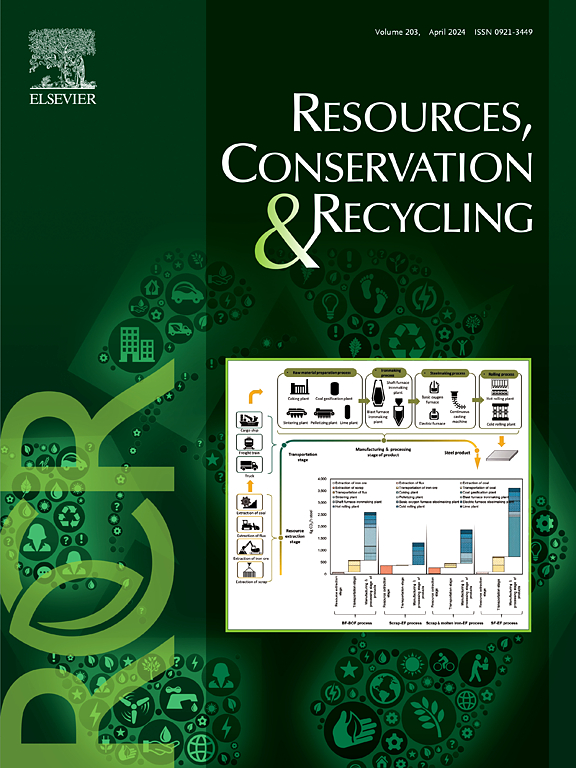Utilizing multi-objective optimization in improved green infrastructure for enhanced pollution reduction and carbon mitigation in sponge cities
IF 11.2
1区 环境科学与生态学
Q1 ENGINEERING, ENVIRONMENTAL
引用次数: 0
Abstract
Improved green infrastructure offers a practical approach to enhancing the environmental performance of urban green spaces. This study evaluated the benefits of transforming green spaces into improved green infrastructure in Shenzhen, a rapidly developing sponge city. Using a combination of field experiments, life cycle assessments, and optimization modeling, we investigated improvements in soil organic carbon (SOC), pollutant removal, and runoff control. Results indicate that SOC content increased by up to 11 %, while the net annual benefit reached 4.6 CNY/m2, accounting for the difference in cost and benefit between improved and baseline green spaces. Measures such as biochar addition, earthworm activity, and litter application demonstrated complementary effects, enhancing both soil health and pollution mitigation. To maximize outcomes, urban planners are encouraged to maintain a high proportion of green infrastructure and integrate targeted improvement measures to address local conditions. These findings provide actionable recommendations for balancing ecological benefits and economic feasibility in urban green space development.

求助全文
约1分钟内获得全文
求助全文
来源期刊

Resources Conservation and Recycling
环境科学-工程:环境
CiteScore
22.90
自引率
6.10%
发文量
625
审稿时长
23 days
期刊介绍:
The journal Resources, Conservation & Recycling welcomes contributions from research, which consider sustainable management and conservation of resources. The journal prioritizes understanding the transformation processes crucial for transitioning toward more sustainable production and consumption systems. It highlights technological, economic, institutional, and policy aspects related to specific resource management practices such as conservation, recycling, and resource substitution, as well as broader strategies like improving resource productivity and restructuring production and consumption patterns.
Contributions may address regional, national, or international scales and can range from individual resources or technologies to entire sectors or systems. Authors are encouraged to explore scientific and methodological issues alongside practical, environmental, and economic implications. However, manuscripts focusing solely on laboratory experiments without discussing their broader implications will not be considered for publication in the journal.
 求助内容:
求助内容: 应助结果提醒方式:
应助结果提醒方式:


